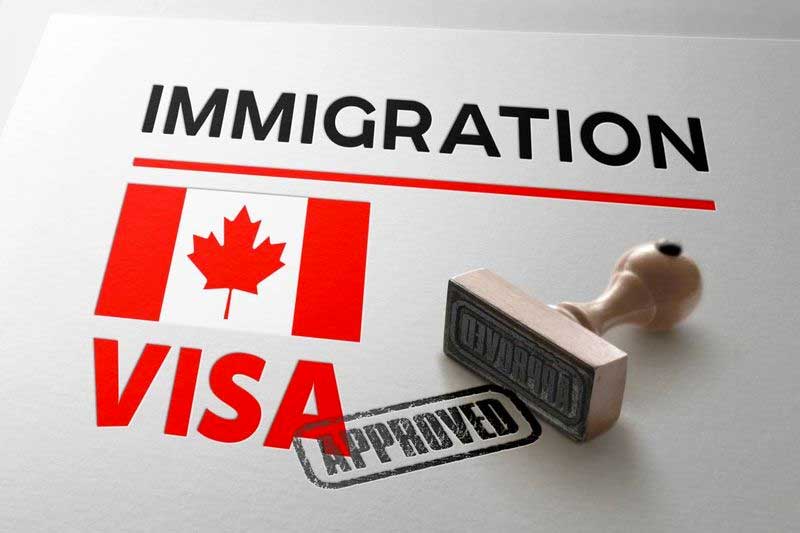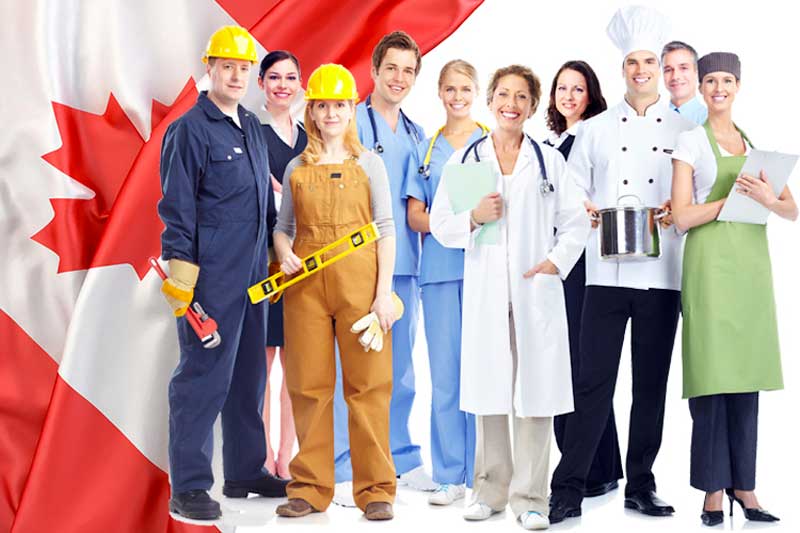Safety training is critical for high-risk industries in Australia to ensure the safety of workers and prevent accidents or incidents that could have severe consequences. This article will discuss best practices and case studies of safety training in high-risk industries in Australia.
Best Practices for Safety Training in High-Risk Industries
1. Identify High-Risk Areas
It is essential to identify the high-risk areas in the workplace and provide targeted safety training to workers in those areas. This will ensure that workers are aware of the hazards specific to their work environment and know how to manage them effectively.
2. Develop a Comprehensive Training Program
A comprehensive training program should be developed, which covers all aspects of safety in the workplace. This includes hazard identification, risk assessment, emergency response procedures, and personal protective equipment (PPE) requirements.
3. Engage Workers in the Training Process
Workers should be actively involved in the safety training process. This can be done by seeking their feedback on the content and delivery of the training, providing opportunities for them to ask questions and share their experiences, and involving them in the development of safety policies and procedures.
4. Use Realistic Scenarios
Realistic scenarios should be used during safety training to help workers understand the potential consequences of not following safety procedures. This can be done through simulations, case studies, and real-life examples.
5. Regular Refresher Training
Safety training should be an ongoing process. Refresher training should be provided regularly to ensure that workers remain up-to-date with new hazards and safety procedures.
To see High-Risk Licence in Australia click here
Case Studies of Safety Training in High-Risk Industries

1. Mining Industry
The mining industry is one of the highest-risk industries in Australia. The mining company BHP Billiton has implemented a comprehensive safety training program that includes hazard identification, risk assessment, emergency response procedures, and PPE requirements. They also engage workers in the training process and use realistic scenarios to help workers understand the potential consequences of not following safety procedures.
2. Construction Industry
The construction industry is another high-risk industry in Australia. The construction company Lendlease has implemented a safety training program that includes hazard identification, risk assessment, emergency response procedures, and PPE requirements. They also use realistic scenarios to help workers understand the potential consequences of not following safety procedures. In addition, they provide regular refresher training to ensure that workers remain up-to-date with new hazards and safety procedures.
3. Oil and Gas Industry
The oil and gas industry is yet another high-risk industry in Australia. The oil and gas company Woodside has implemented a safety training program that includes hazard identification, risk assessment, emergency response procedures, and PPE requirements. They also engage workers in the training process and use realistic scenarios to help workers understand the potential consequences of not following safety procedures.
In conclusion, safety training is critical for high-risk industries in Australia to ensure the safety of workers and prevent accidents or incidents that could have severe consequences. The best practices for safety training in high-risk industries include identifying high-risk areas, developing a comprehensive training program, engaging workers in the training process, using realistic scenarios, and providing regular refresher training. The case studies of safety training in the mining, construction, and oil and gas industries demonstrate the effectiveness of these best practices.








